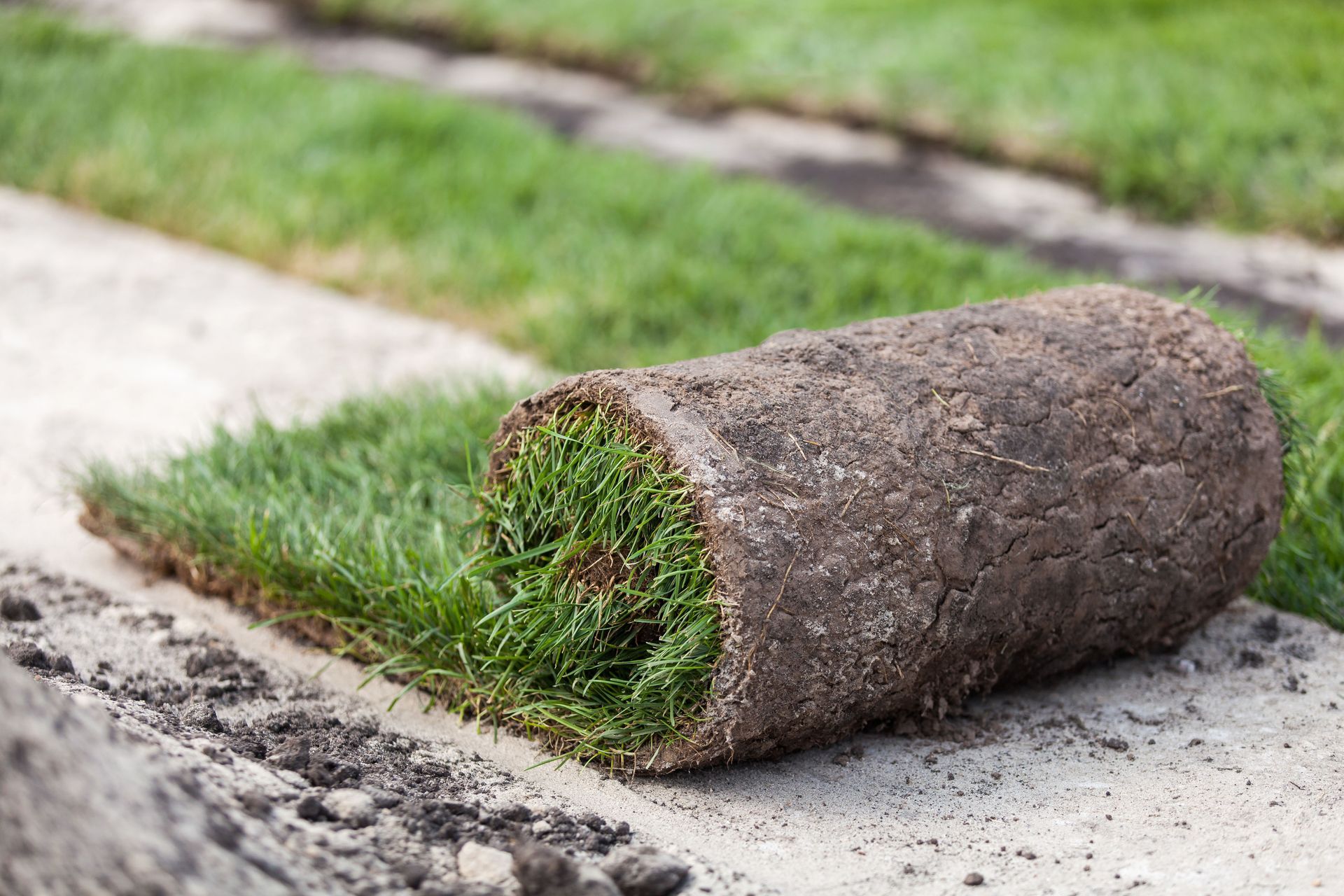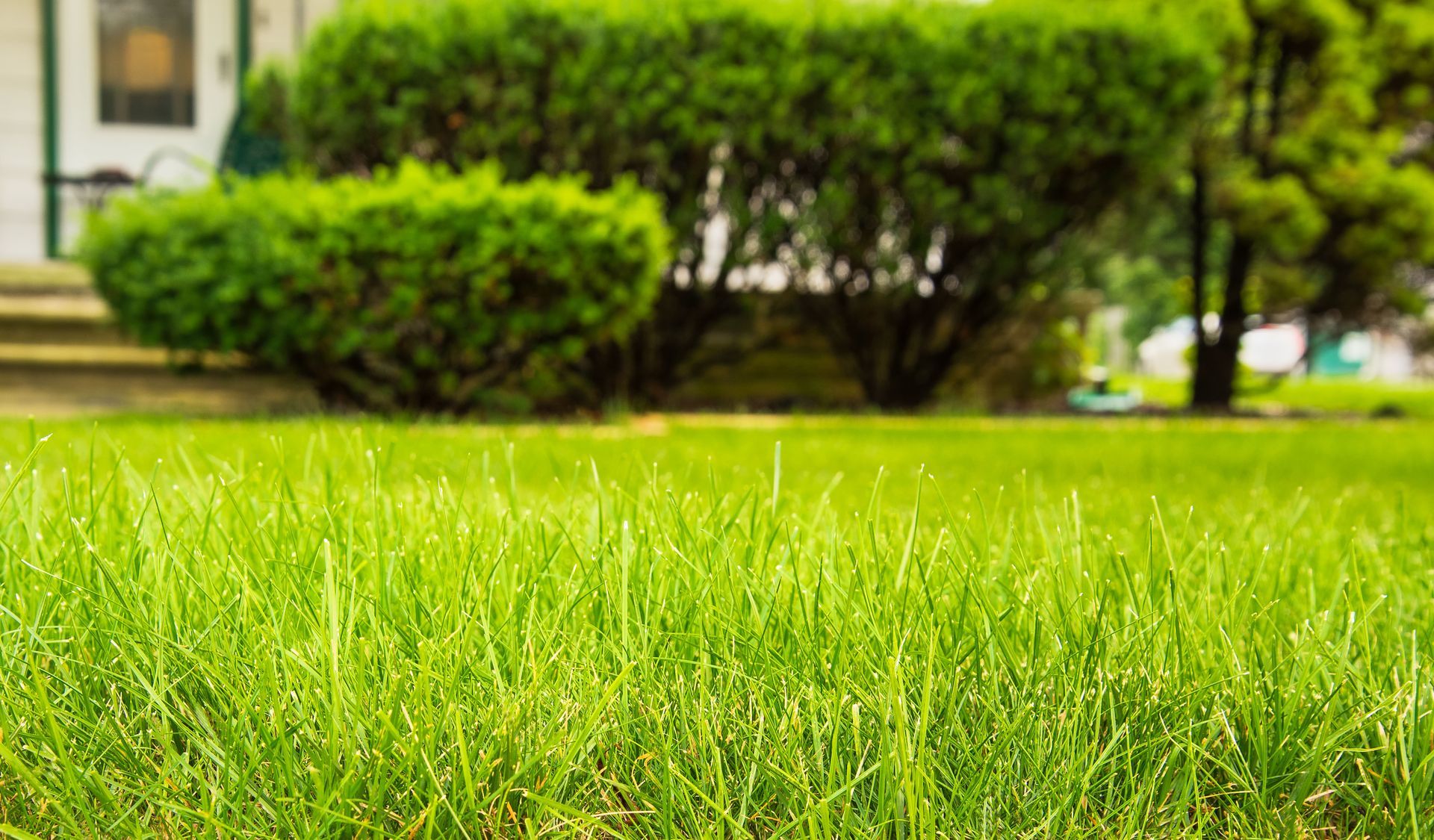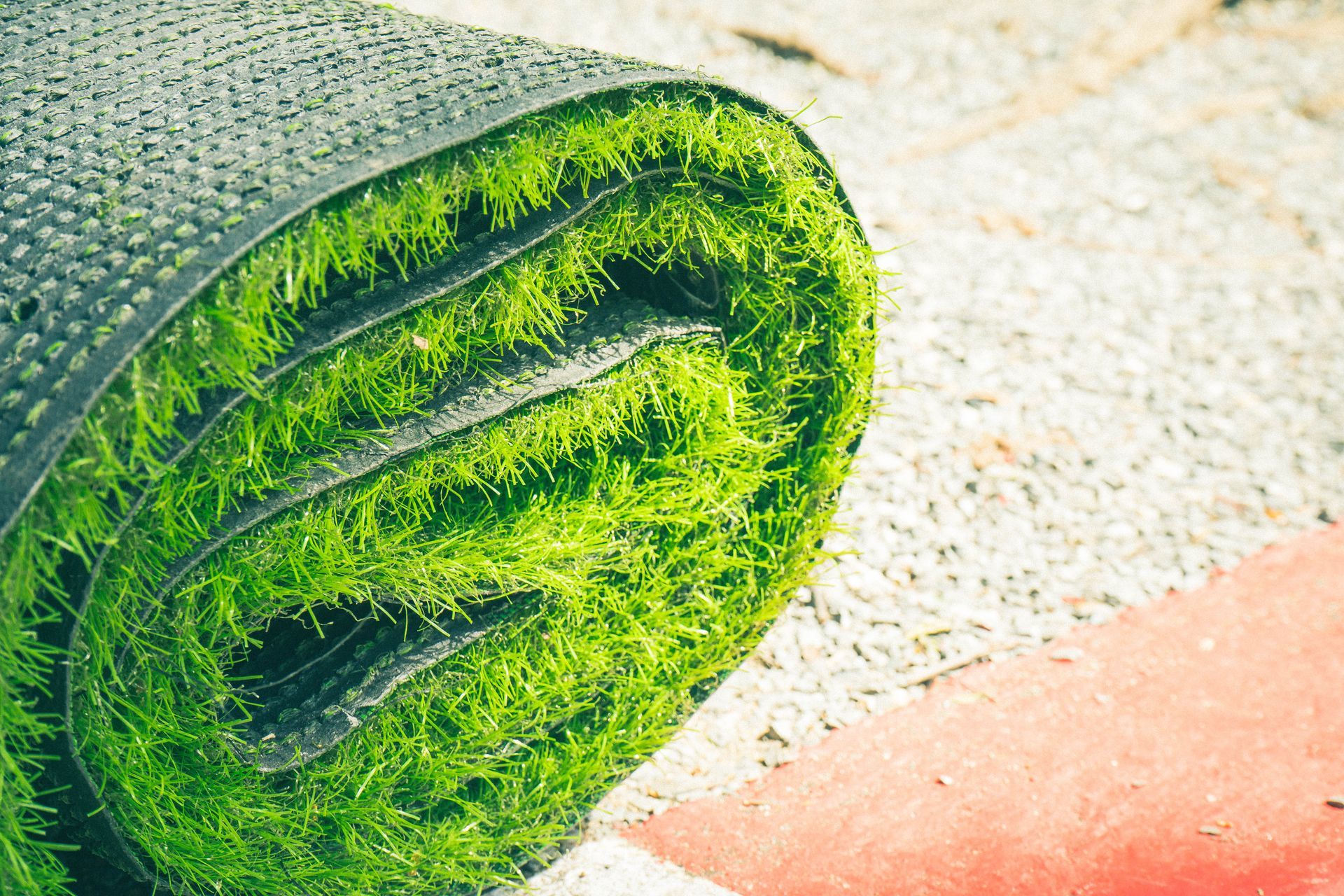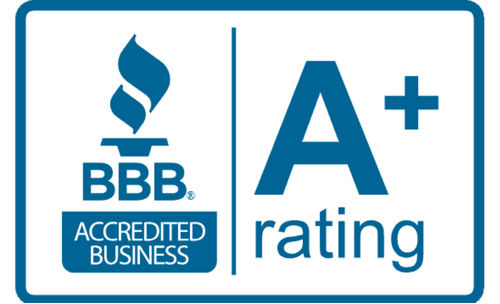September 11, 2025
In this article, we'll delve into the world of artificial grass installation, exploring essential questions and providing you with the facts you need to know. With its growing popularity and practicality, artificial grass can be a smart investment for homeowners and businesses alike. As environmental consciousness rises, many are considering the implications and benefits of making the switch from natural grass to artificial grass. Beyond aesthetics, artificial grass can save time, reduce maintenance costs, and contribute to more sustainable landscaping practices. Whether you’re looking to create a visually appealing yard, a safe play area, or a low-maintenance commercial space, understanding the ins and outs of artificial grass is essential before investing.
1. Maximize the Benefits of Artificial Grass
Artificial grass offers a range of benefits that appeal to a broad audience. One of the most significant advantages of artificial grass installation is the low maintenance it requires. Unlike natural grass, artificial grass doesn't need regular mowing, fertilization, or watering. This dramatically reduces the time, effort, and cost associated with maintaining a lush and green lawn, making it an attractive option for busy homeowners and commercial property managers. Environmental benefits also play a crucial role in the growing popularity of artificial grass. In regions prone to drought or water scarcity, artificial grass can result in substantial water savings. Additionally, artificial grass installation reduces the reliance on chemical pesticides and fertilizers that can run off into waterways, contributing to cleaner and healthier ecosystems.
Year-round greenery is another compelling benefit of artificial grass. With natural grass, seasonal changes can lead to brown, patchy, or muddy areas, especially during harsh weather. However, artificial grass remains vibrant and uniform throughout the year, providing an aesthetically appealing outdoor space regardless of weather conditions. This permanence is particularly advantageous for areas with harsh climates where maintaining natural grass is challenging.
2. Understand the Installation Timeline
The timeline for artificial grass installation can vary based on several factors, but from our experience, a general estimation would be between a few days to a week. The process begins with thorough preparation, which includes clearing existing vegetation, leveling the ground, and installing a base layer for drainage. These initial steps are critical to ensuring the longevity and success of the artificial grass installation. Planning and coordinating with your installer can help avoid delays and ensure the project stays on schedule.
Once the groundwork is complete, the actual laying of the artificial grass can be relatively swift. This step involves carefully measuring and cutting the grass to fit the designated area and securing it in place. The joints between pieces are sealed, and the surface is brushed to ensure the blades remain upright. Several factors can affect the duration of artificial grass installation. The size of the area, the terrain's complexity, and weather conditions can all influence the timeline. Homeowners and businesses need to work with experienced installers who can provide a more precise timeline and ensure that the installation process is smooth and efficient.
3. Evaluate the Cost of Artificial Grass
The cost of artificial grass installation can vary significantly based on a variety of factors, including materials, labor, and additional requirements. On average, homeowners might expect to pay a certain price per square foot, but this cost can fluctuate based on the quality of the artificial grass and the complexity of the installation. Higher-quality materials tend to have a higher upfront cost but often offer greater durability and a more natural appearance. Labor costs also contribute to the overall expense of artificial grass installation. The installation process is labor-intensive, involving multiple steps that require precision and expertise. Experienced installation teams are critical to ensure that the artificial grass is laid correctly and efficiently. While some homeowners might consider DIY installation to save on labor costs, professional installation is recommended to guarantee the best results.
Additional expenses may include enhancements such as padding for play areas, special infill materials for improved drainage, or edging to secure the grass. Considering these costs is crucial for evaluating the overall investment in artificial grass. According to Field Camp, the U.S. landscaping market is over $184 billion, reflecting the significant demand and economic activity surrounding landscaping solutions, including artificial grass installation. This market statistic underscores the value and potential return on investment that homeowners can expect from enhancing their outdoor spaces.
4. Maintain Your Artificial Grass Effectively
While artificial grass requires significantly less maintenance than natural grass, some upkeep is necessary to preserve its appearance and functionality. Regular brushing is one of the primary maintenance activities, as it helps maintain the upright position of the grass blades and distribute infill evenly. This practice also helps prevent matting and ensures a more natural look. Consistent care not only keeps your lawn looking pristine but also maximizes its lifespan and performance.
Debris such as leaves and twigs should be removed regularly to prevent them from settling into the grass and causing discoloration or promoting mold growth. In areas prone to dust or pollution, occasional rinsing with water can help maintain the grass's vibrant color. However, it's important to follow the manufacturer's recommendations for cleaning agents and methods to avoid damaging the artificial grass. Periodic inspections are also vital to maintaining artificial grass. Checking for signs of wear or damage, particularly in high-traffic areas, allows for early intervention and repair. Addressing minor issues promptly can extend the lifespan of the artificial grass and ensure that it continues to provide an attractive and functional outdoor surface.
5. Consider the Environmental Impacts
Artificial grass presents both environmental benefits and potential concerns, making it essential to consider its overall ecological impact. One of the primary environmental advantages is the reduction in water consumption, which is critically important in areas experiencing water shortages. By eliminating the need for constant irrigation, artificial grass helps conserve this precious resource, contributing to more sustainable landscape management.
Moreover, artificial grass installation can lead to reduced carbon emissions associated with lawn maintenance. Traditional lawn care equipment like mowers, trimmers, and blowers is often gasoline-powered, contributing to air pollution. With artificial grass, the need for these tools is significantly diminished, which can translate to a decrease in the carbon footprint of property maintenance. However, there are environmental considerations to be mindful of, such as the production and disposal of synthetic materials used in artificial grass. Some critics point out that while the initial environmental benefits are clear, the long-term sustainability of artificial grass depends on factors like advancements in recyclable and biodegradable materials. Manufacturers, installers, and consumers must work towards reducing the environmental impact of artificial grass not only during installation but throughout its lifecycle.
Artificial grass installation offers numerous benefits, such as low maintenance, water conservation, and consistent aesthetics. As we dive deeper into its advantages, it's essential to weigh these against the costs and potential environmental impacts to make informed decisions. For many, artificial grass presents a compelling alternative that aligns with modern trends towards efficiency and environmental stewardship. By choosing the right materials and professional installation, homeowners and businesses can enjoy a beautiful, functional, and eco-friendly outdoor space for years to come. Making the switch to artificial grass is not just a practical choice—it’s an investment in convenience, sustainability, and long-term value. Reach out to HomeTurf to learn more about our services today!







